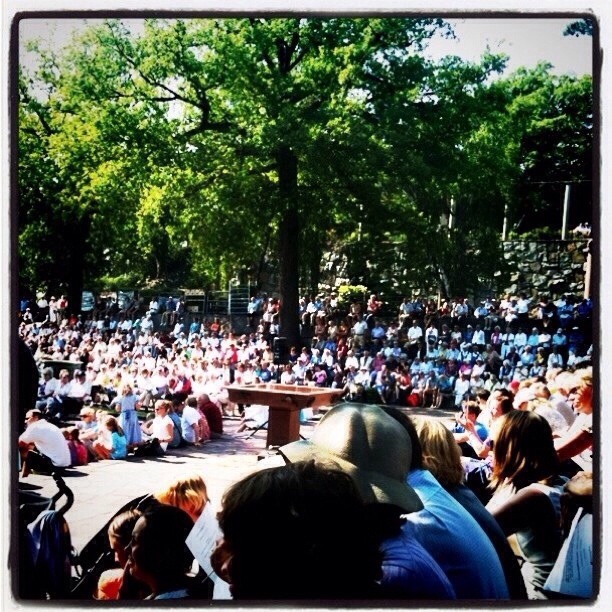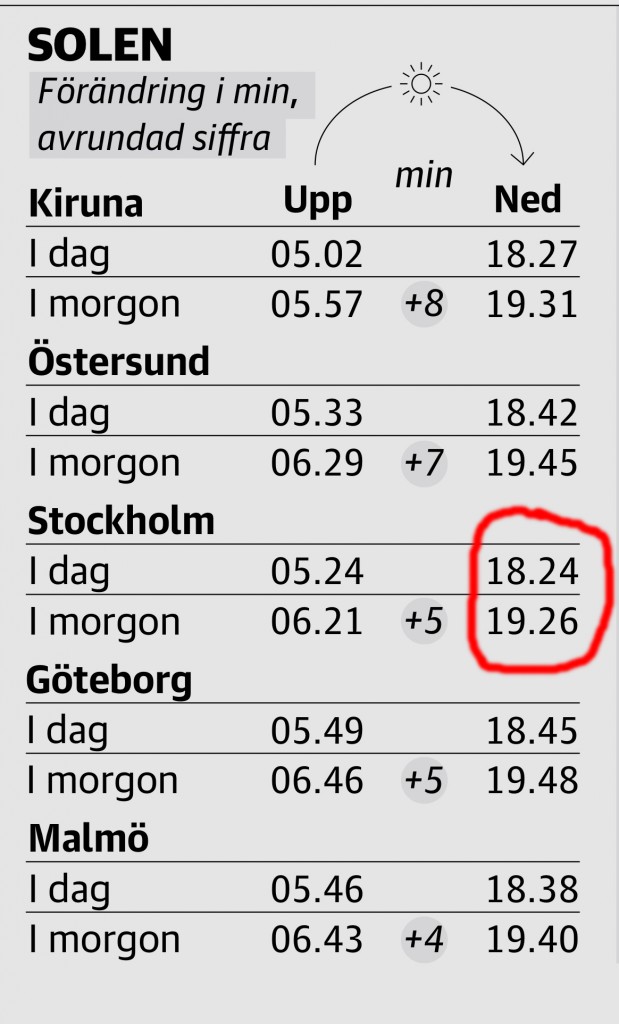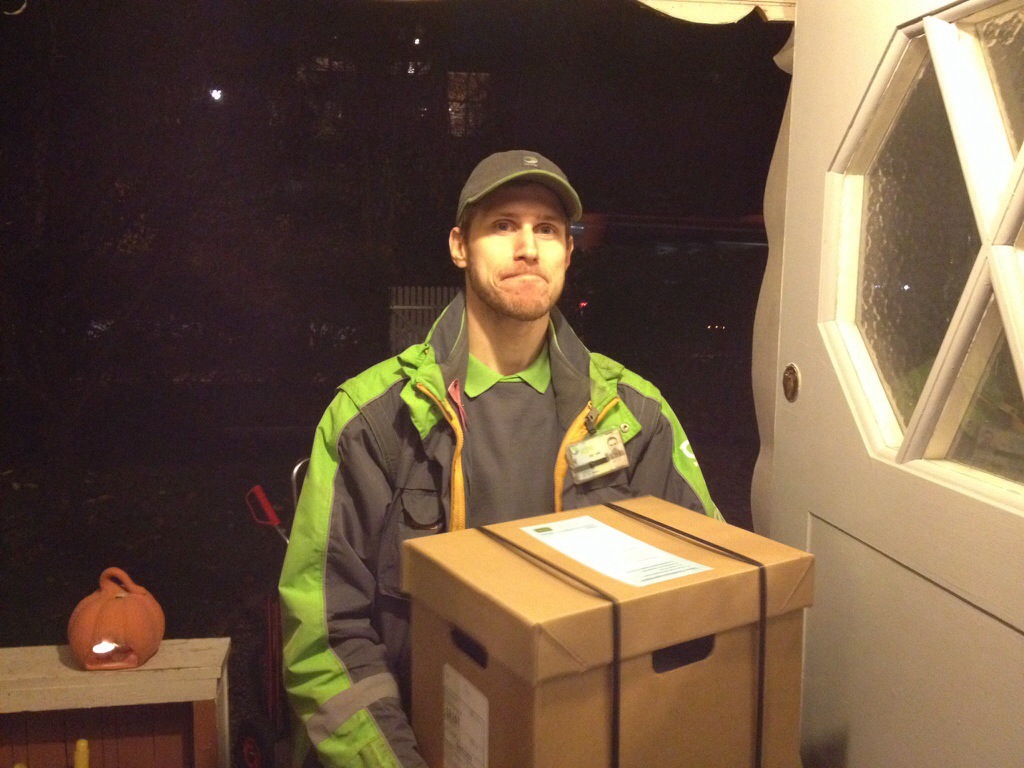
After Christmas I prepared for the 2014 MLB season by watching my recordings from the 2013 World Baseball Classic. This was fun, following the progress of the Netherlands to the semi-finals….but about a week ago I discovered that all of my recordings had been deleted.
This my iptv supplier Telia apparently did because the recordings were from ESPN America, which no longer exists. Why the disappearance of the channel should result in deleting recording files on a harddisk they do not explain, except to say they can’t actively access my harddisk and erase files.
Yet that’s what they did.
ESPN America apparently pulled the plug on August 1, 2013. I didn’t even notice, which perhaps just shows that the channel itself no longer filled a role, at least for baseball fans.
Major League Baseball arrived on European TV screens in 1997 when Britain’s Channel Five started broadcasting the ESPN Sunday Night game live, in the early hours of Monday mornings European time. To explain the game to viewers more familiar with cricket they offered a pair of entertaining and knowledgeable hosts, who introduced the programs and talked during the America commercials.
Best of all, Channel Five’s signal was available on satellite all over Europe. Thanks to the magic of VHS, viewers could record those middle-of-the-night games and watch them at their leisure.
For me, in a pre-World Wide Web era, it meant I could reconnect with baseball after being away from it for years (boxscores in the “International Herald Tribune” was not a good way to stay in touch).
One, and later two games a week, was wonderful, but the whole European baseball fan world changed again in 2002 with the launch of the North American Sports Network, NASN. Carrying American sports around the clock, they had several baseball games every day during the season. Even better, eventually they popped up on our Swedish cable TV offerings, which was handier than relying on satellite.
In 2007 the channel was purchased by ESPN and renamed ESPN America. The baseball offerings remained the same (there was probably a preponderance of relys from ESPN), and I think my only criticism was that they only carried Spring Training from Florida, not from California. They only carried one or two Giants games a month, but that was to be expected when they had to share time among all the teams.
After the 2007 season Channel Five gave up its MLB broadcasts, the ESPN competition was just too much.
Enter the Internet.
The first baseball game I ever listened to live online was on September 6, 1995, when Cal Ripken broke the record for playing in consecutive games. The broadcast from WBAL in Baltimore was carried online in some now outmoded streaming audio format. I had tried to listen to the MLB broadcast using Real Audio, the Seattle Mariners in Real’s hometown, but there was so much demand it was impossible to access.
All this was over a dial-up modem at 14000 baud.
Over the years, with faster Net access, MLB consolidated first Gameday Audio, and then video from virtually every game as MLB.tv. Nowadays, with every Giants game (and those of every other team) available, TV and radio, live and on-demand, not only on my TV (through an app on the set itself as well as in my Apple TV box), but also on my iPad and iPhone, there was no reason to subscribe to ESPN America any more. So I can see why ESPN pulled the plug.
But I did need ESPN America a year ago during the World Baseball Classic. There was no online access to those games, but ESPN America carried them all.
We had just switched from cable to iptv from Telia, connected to their 100 Mb/s fiber network, and upgraded to a box with a recordable harddisk. So I took out the shortest possible subscription to ESPN America (three months) and happily recorded at least ten games, including all I could of the Netherlands, and the semis and finals in San Francisco. (Which I watched there at AT&T Park….When the games ran overtime I could even use the app on my iPhone to extend the recording back in Sweden.)
So these were the recordings I was watching after the Christmas, the ones that have been erased from the harddisk because the originating channel no longer exists. Telia assures me my other recordings are safe (presumeably as long as those channels exist). But this reminds me of the way Amazon suddenly deleted the eBook of “1984” from its Kindle apps around the world.






